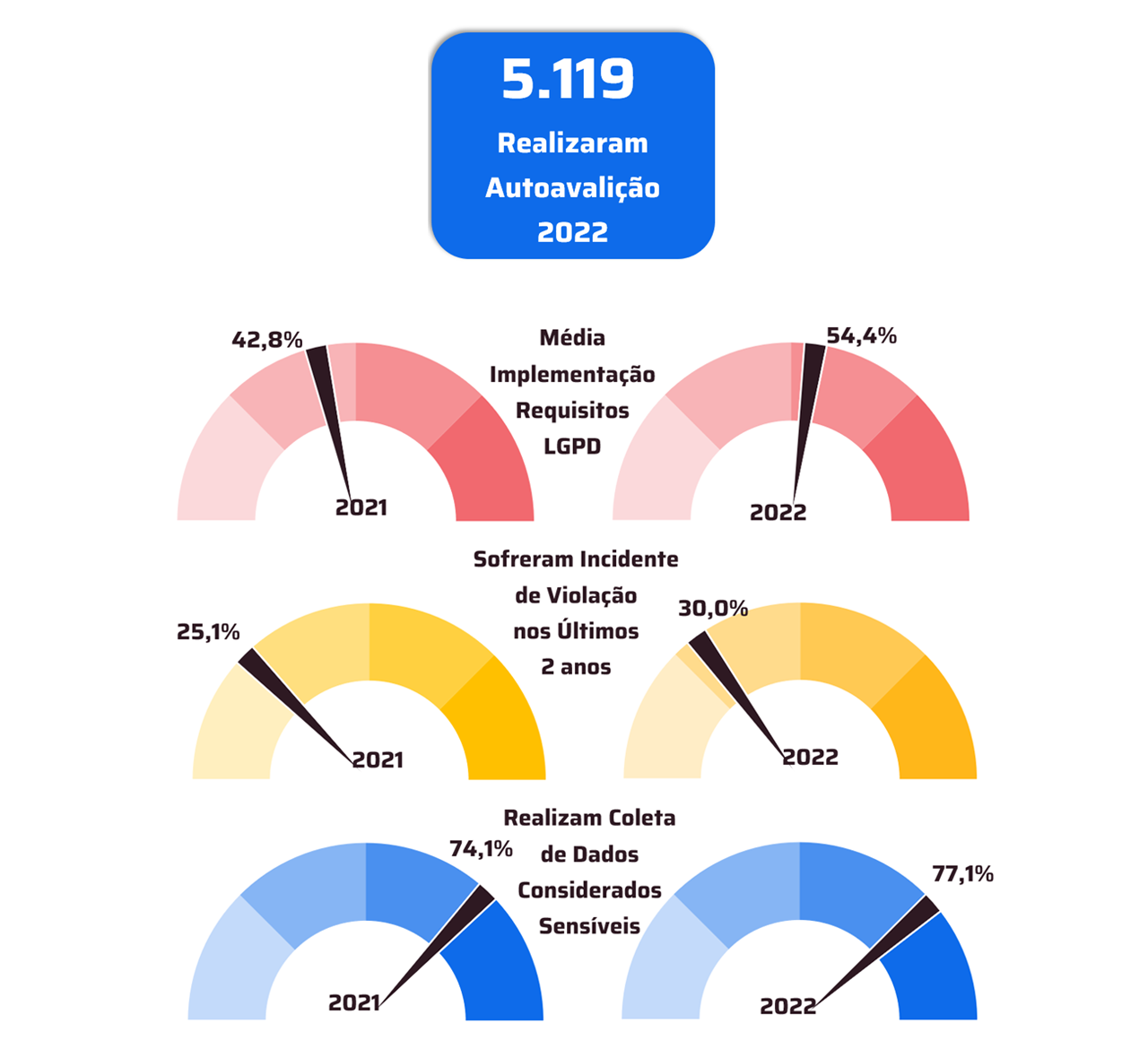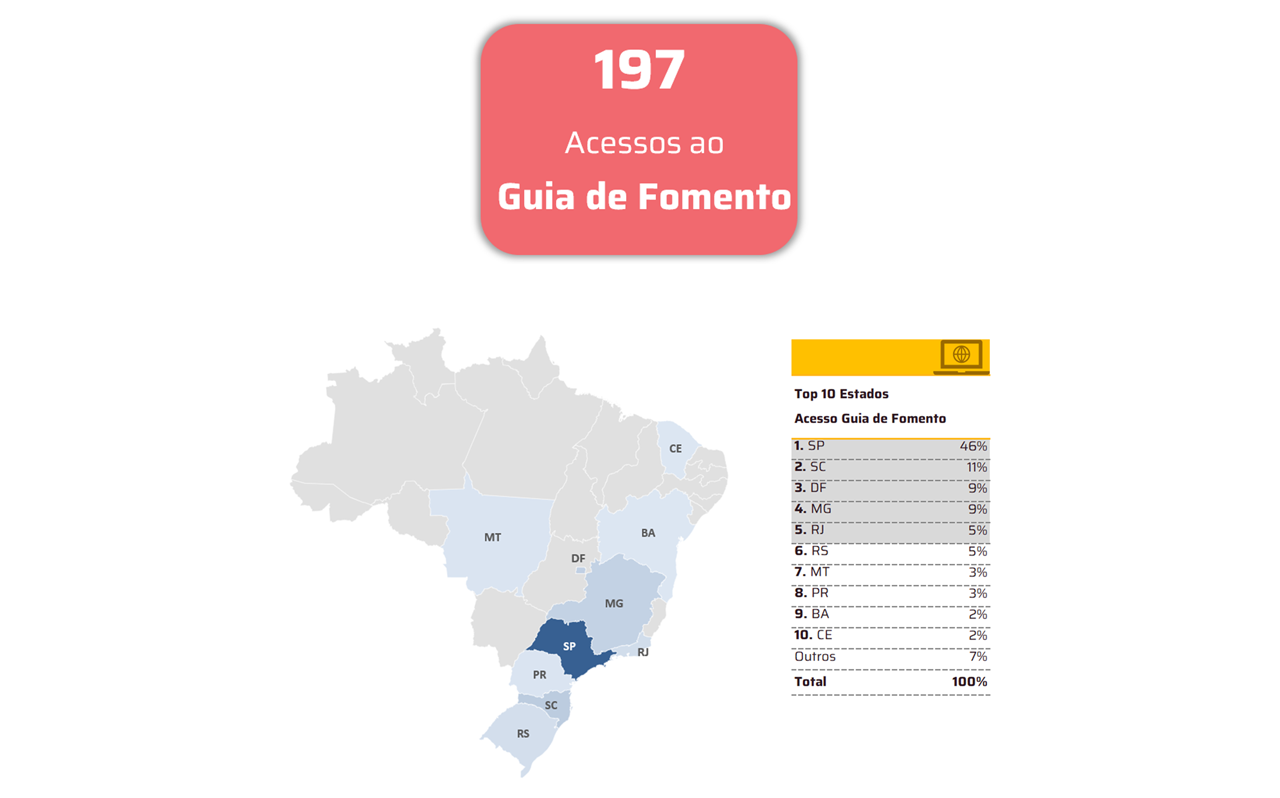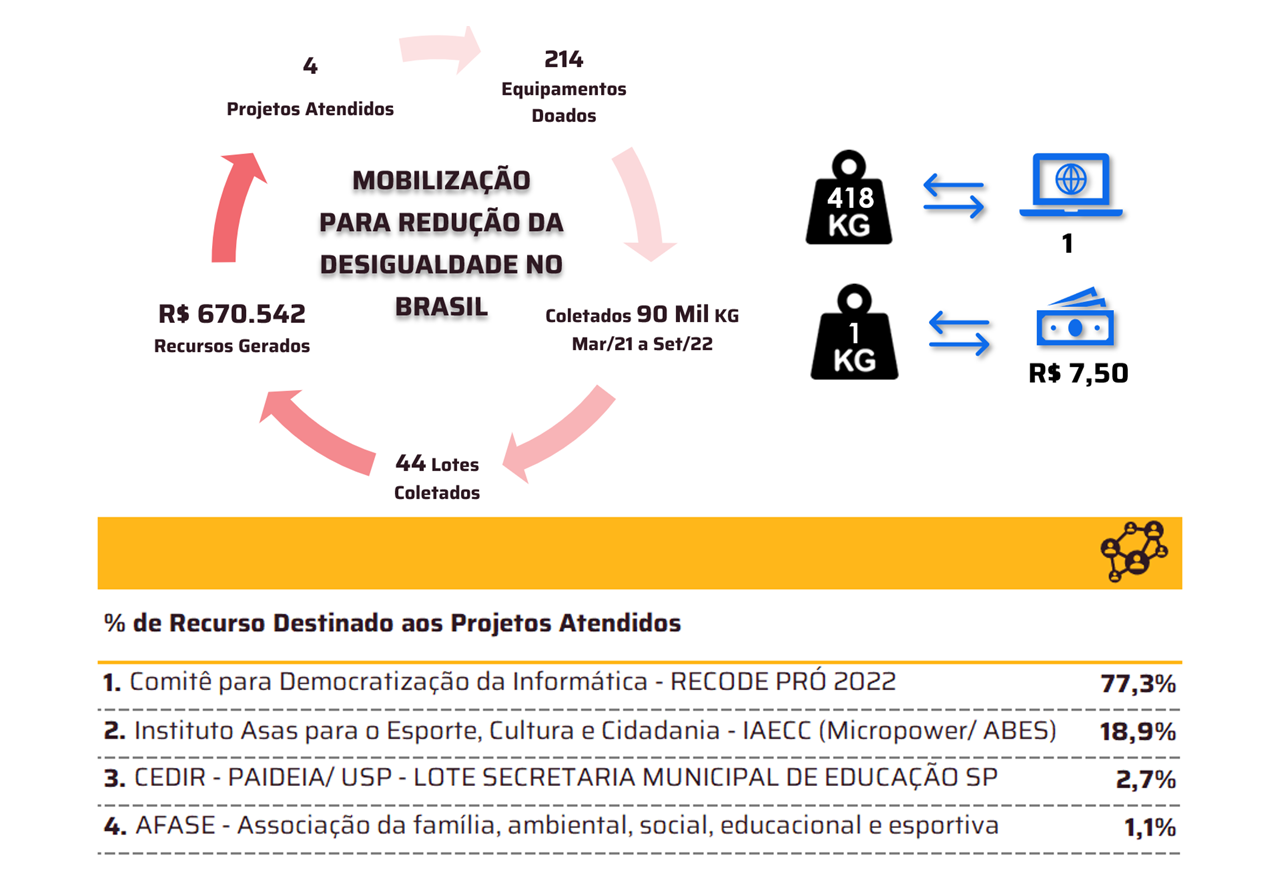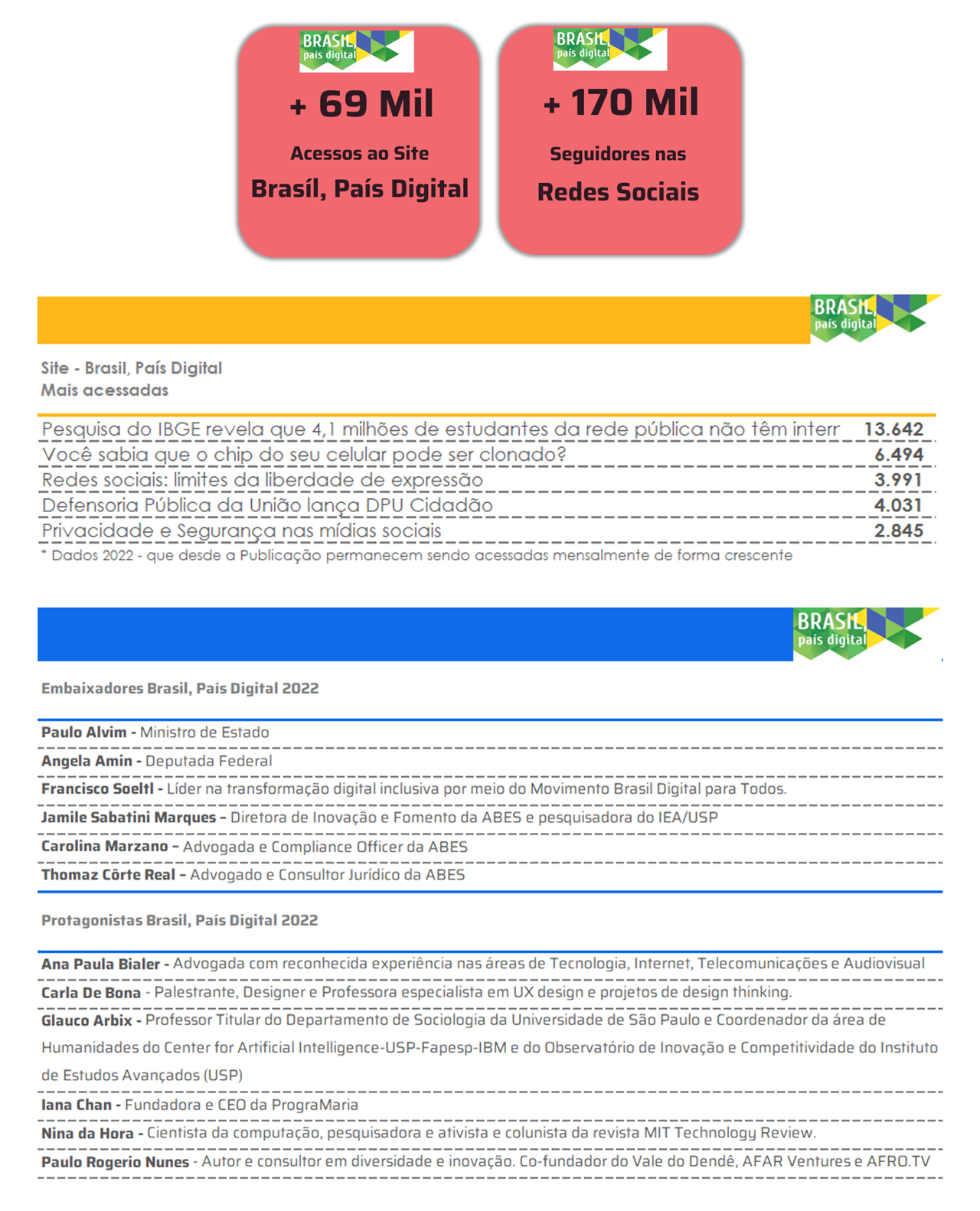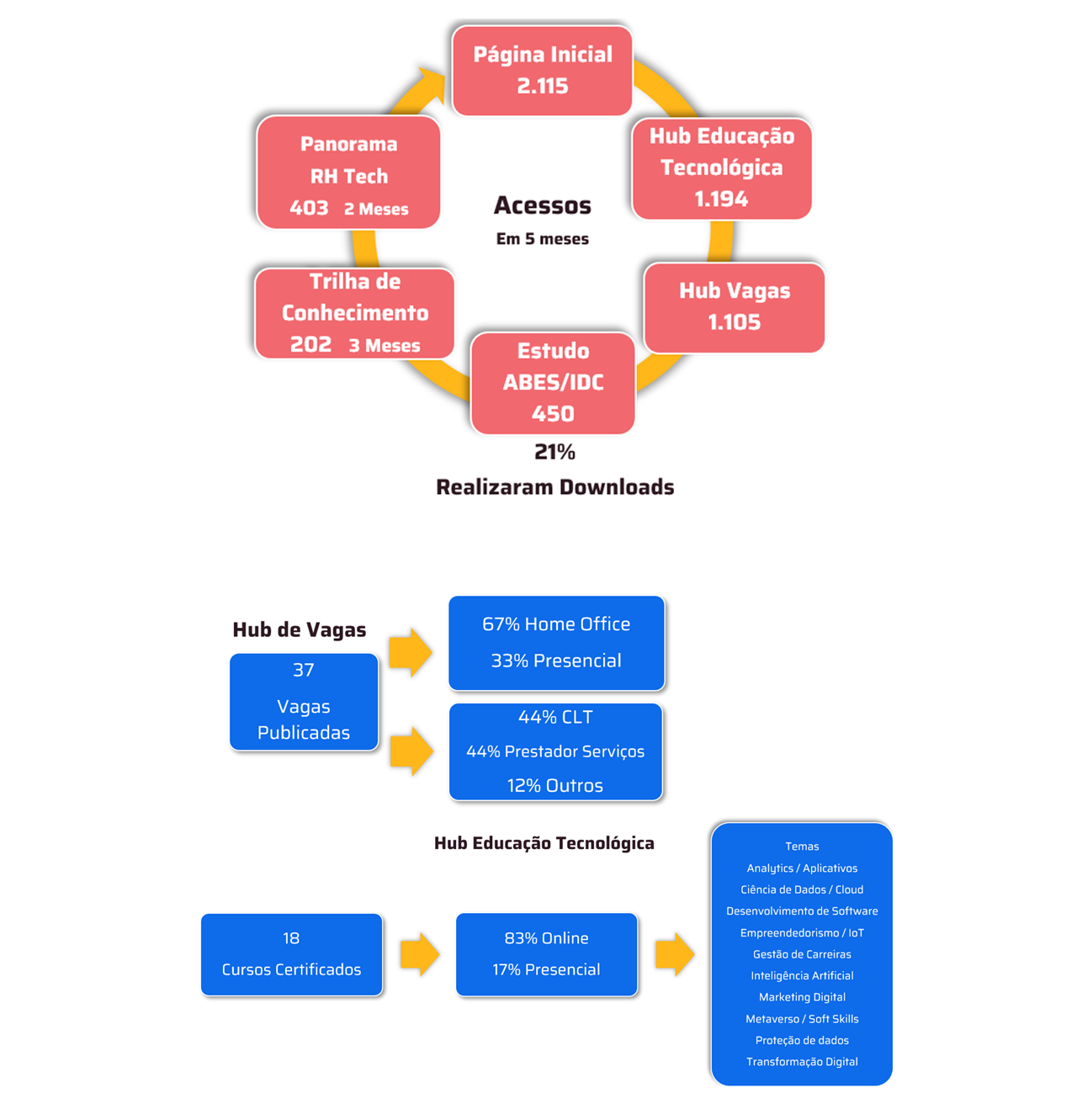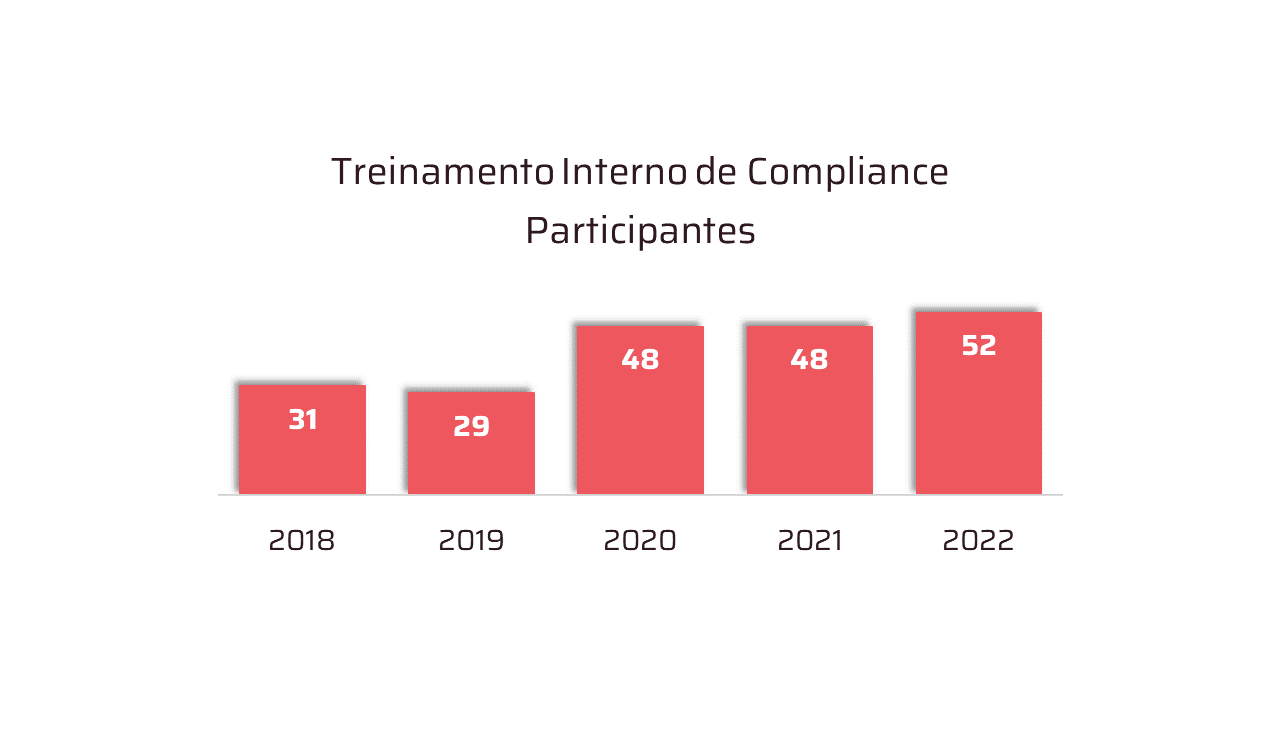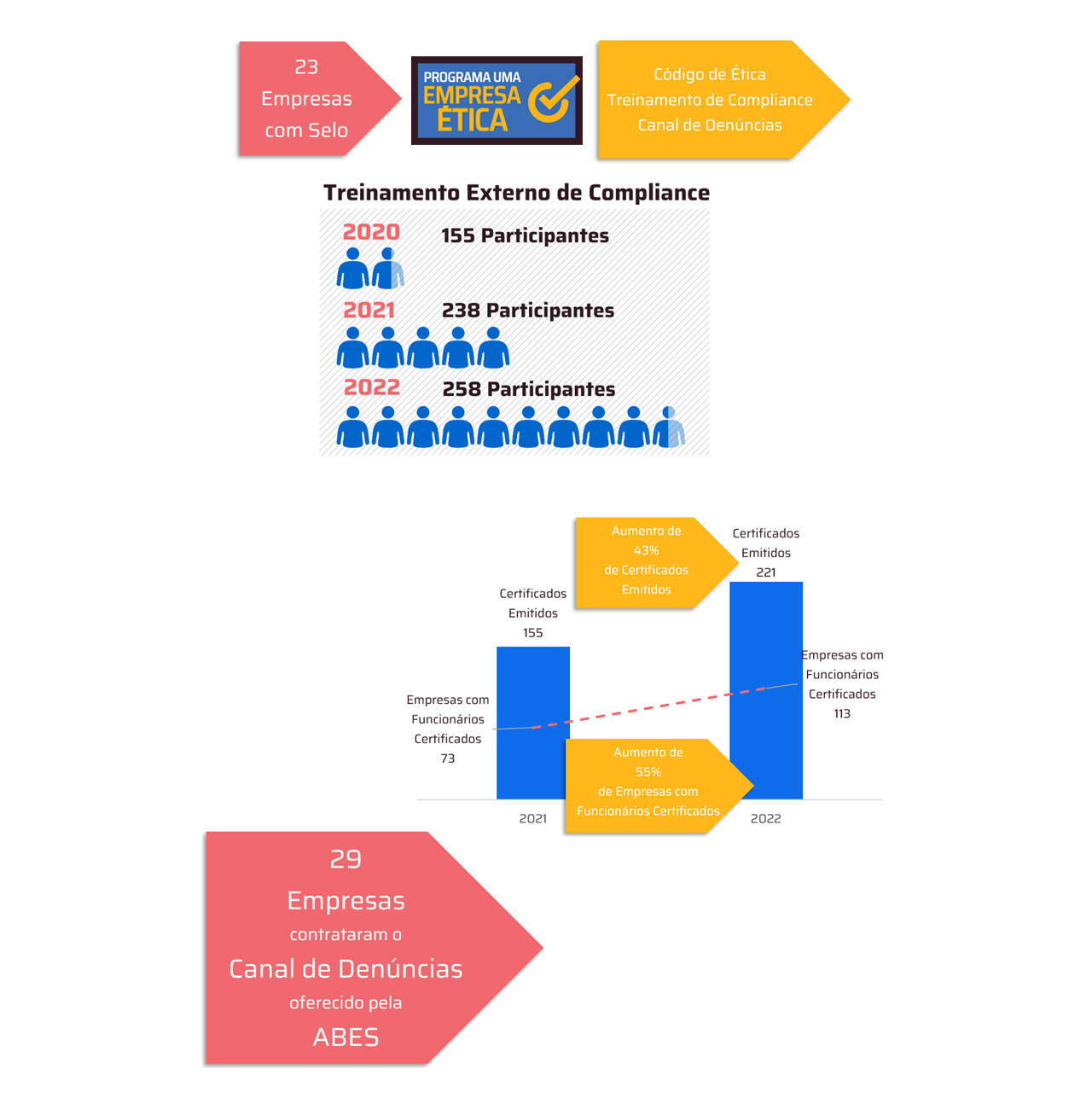 *By Plinio Moreira
*By Plinio Moreira
The search for innovation and efficiency is one of the corporate objectives for scaling and transforming businesses. Cloud-based IT infrastructures, which have become increasingly relevant in the corporate world, are a major step towards improving operations for greater productivity, agility and savings. We live in an era where the cloud guarantees performance, scalability and flexibility in modern technology environments of organizations. But how can we guarantee performance in milliseconds without one of the central pillars: security?
THE observability, which means the continuous measurement and monitoring of metrics, traces and logs; and the safety (protection of systems and data against cyberattacks) converge to make monitoring IT environments efficient and mitigate any threat. In a scenario where risks and vulnerabilities increase, it is essential to act preventively. Observability goes beyond simple monitoring, providing a clear and detailed view of IT operations, enabling a proactive approach to problem solving and continuous improvement of the customer experience. The synergy of the two disciplines is vital for all companies that use multicloud: observability works on application performance and security looks at the perimeters of the environments in isolation.
The Enterprise Cloud Index (ECI) survey shows that 901% of Brazilian respondents are adopting a “cloud-smart” approach to their infrastructure strategy. The ECI also identified in its report the increase in investments in security, with 861% of Brazilian respondents allocating resources to security prevention solutions. ransomware.
The need for performance and security management, with the migration of applications to multicloud and hybrid environments, has raised a question: how much difficulty Brazilian companies have in automating and integrating technology, people and processes. Another ECI data reveals that 64% of corporations in the country face challenges in managing data, and often, this is related to security.
When we talk about cloud exposure, the numbers are alarming: according to a Tenable survey, 78% of security leaders point to the cloud as the biggest area of risk and vulnerability. And the occurrences are only increasing: the 2024 Global Cloud Security Report, by Check Point Software, indicated an increase in security incidents due to cloud exposure of 154% in the last year. We can see from this data that there is a huge concern among organizations.
These difficulties in mapping relationships between applications and infrastructure show us how much companies are exposed to avoidable risks, even due to a lack of clear security and observability strategies. Just as it is necessary to know what needs to be protected, such as the layers of applications and services that are running, it is possible to detect threats in real time, optimize cloud costs and comply with regulatory standards.
Today, there are already intelligent observability and security solutions that correlate performance and security incidents to send alerts and notifications through AI and machine learning, with the aim of mitigating risks for companies in their journeys. The first is early detection: continuous monitoring of all components that are part of an application architecture, be it code, infrastructure, logs, CI (continuous integration) and CD (continuous development) pipeline process, in the event of an incident, its identification will be much faster than it will affect the customer and cause damage to the business; the second point is to have a agile response, because there is no point in receiving an alert through a detailed tool about the incident and which application is being impacted if there is no defined process on how to act on these risks. And the third point is the quick fix: from the moment a vulnerability or attack is detected, correcting it by applying best practices as quickly as possible is essential to keep environments less exposed.
In some steps it is possible to converge security and observability in a more practical way. In observability, in infrastructure monitoring, security can benefit from metrics that are already within an environment; in applications (APM), with application tracing, RASP and SAST use information that is already being collected by observability tools. This module is evolving, as it investigates the flow and blocks attacks in real time by monitoring traces. Another step is to gain insights through Log Management. All records that occur within the application, such as logins and server access, which are collected through observability, can fill the SIEM (a cybersecurity approach that analyzes and correlates events to identify potential threats from multiple sources in real time), as well as help to understand compliance with key market requirements and audit compliance. In CI and CD Monitoring, application development path, security helps with best coding practices, detection of any known vulnerability, in addition to SAST.
Today, as the world is rapidly adapting to innovations and many organizations are experiencing accelerated growth with digital transformation, technology must scale along with it to keep up with the rising tide of business. The unification of observability and security is already shaping the present. Therefore, companies that embrace performance and protection will be prepared for the future that is happening now. Observability and security are fundamental to the success of any organization. More than trends, they are pillars of digital success.
*Plinio Moreira is the Observability Manager at Delfia, curating digital journeys
Notice: The opinion presented in this article is the responsibility of its author and not of ABES - Brazilian Association of Software Companies





